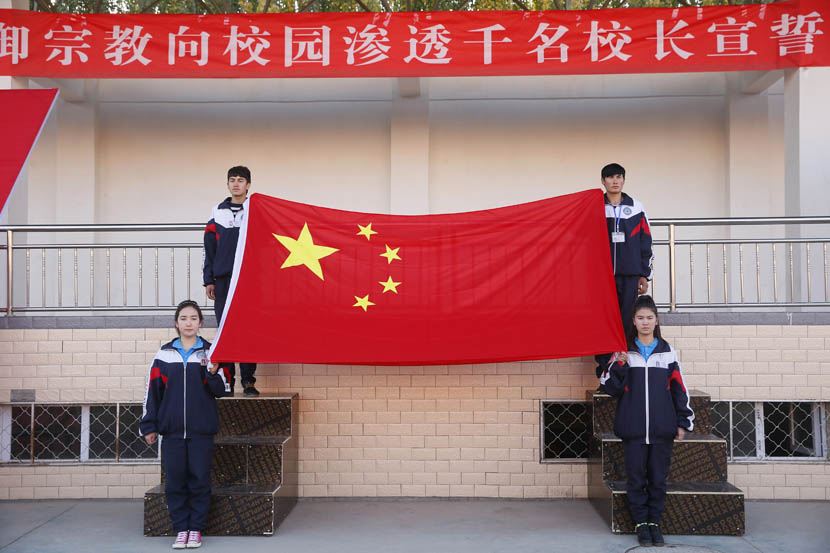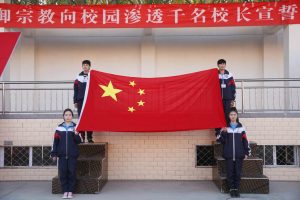The Quiet Undercurrents of South Xinjiang

Sixth Tone, 6 February 2017
 By Sun Junbin — To the outside world, the south of the Xinjiang Uyghur Autonomous Region is known as part of the historical Silk Road, the route through which China traded with Central Asia and beyond — but it’s also been branded by the central government as an unstable region that breeds religious extremism.
By Sun Junbin — To the outside world, the south of the Xinjiang Uyghur Autonomous Region is known as part of the historical Silk Road, the route through which China traded with Central Asia and beyond — but it’s also been branded by the central government as an unstable region that breeds religious extremism.
The area is home to many Uyghurs, a predominantly Muslim ethnic minority who speak a Turkic language and have, on occasion, had strained relations with Chinese authorities.
My project, “Calm and Quiet Southern Xinjiang,” juxtaposes the mundane daily life of the region’s people with the tensions that exist between them and an increasingly strict government.
Specifically, I focused on Langan, a small village about 10 kilometers from Kashgar, the largest city in the area. The inhabitants of Langan often bear the brunt of a government wary of religious activities. According to Chinese officials, Langan sees relatively more religious conflicts than elsewhere in the region, to the extent that households are classified into different security categories according to each family’s perceived religious devotion. Villagers from so-called special-attention families are required to meet with government officials three times a week.
Officials organize educational meetings every Friday afternoon, aiming to encourage residents to live more secular lives. Local religious policies have the same goal: Mekrem, for example, can receive a 180-yuan ($26) monthly subsidy if she abstains from wearing a black veil over her face.
The place looks peaceful and harmonious most of the time, but you can feel the undercurrents of unease just below the surface.
http://www.sixthtone.com/news/quiet-undercurrents-south-xinjiang

